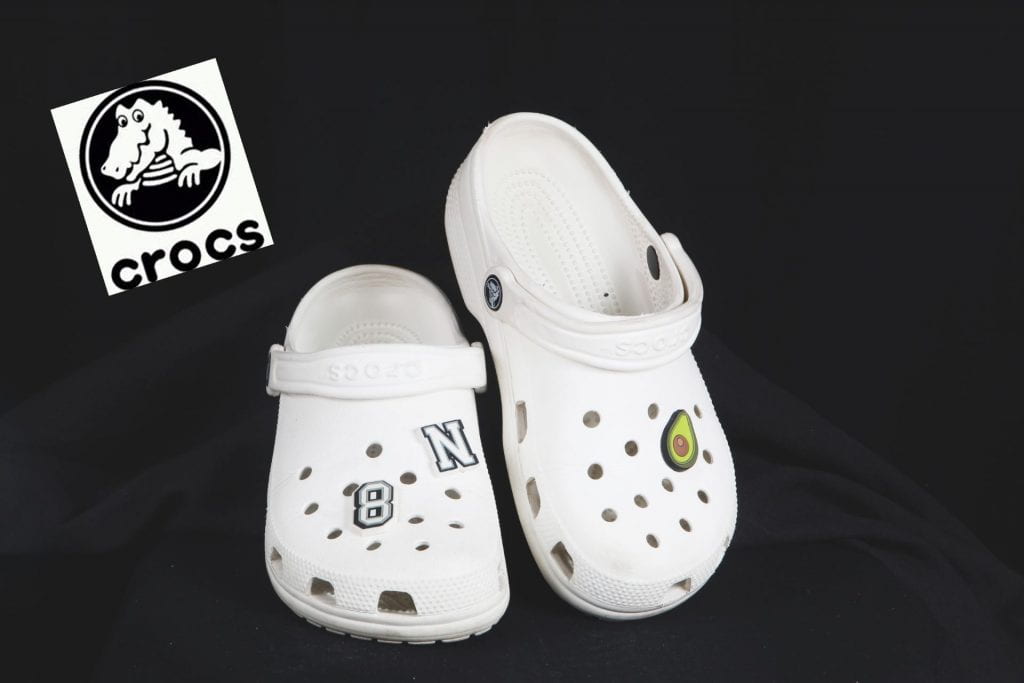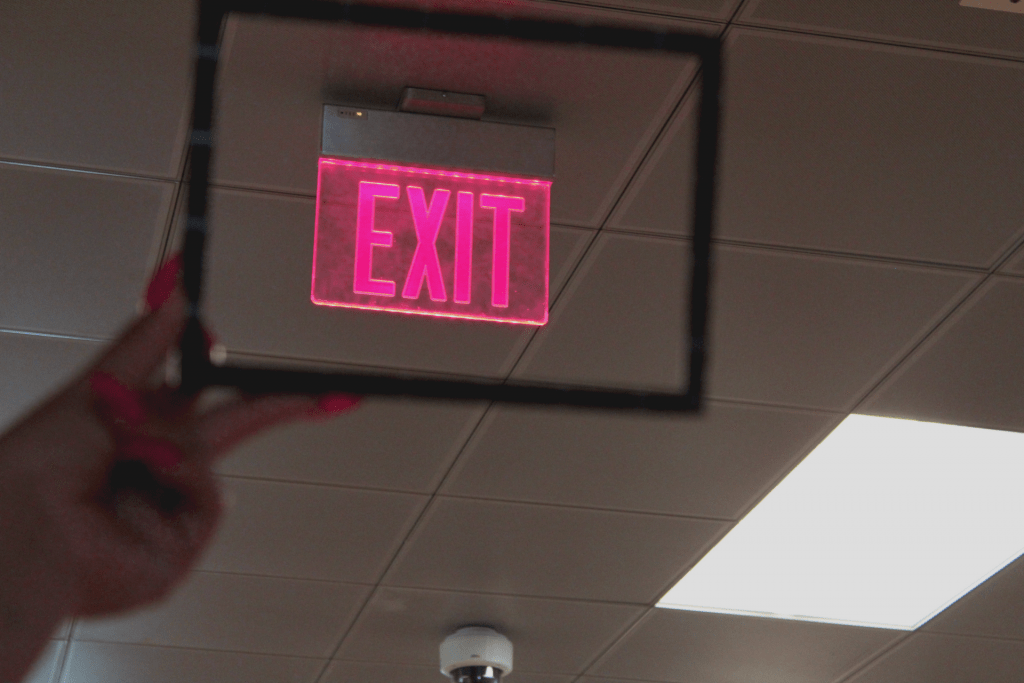
I would like to take this vacation because I really like places with natural bright colors. i also really like the clear water as well. I would bring a floatie with me though because I cant really swim.
Just another Edublogs site

I would like to take this vacation because I really like places with natural bright colors. i also really like the clear water as well. I would bring a floatie with me though because I cant really swim.
the company im representing is crocs, their product is footwear made of foam clogs. the target audience for these crocs would be average income people. id expect to see this advertisement posted on bored out in the streets.

the way to start using strobes is by taking the camera and setting it on manual mode then by adjusting the shutter speed to 1/125. in a studio you only use the strobes while on location you mix them with the ambient light, where this means you should control your shutter speed. if strobes are on manual power your strobe will light up for a certain duration. when you change power settings the intensity of the strobe does not change, only the duration is effected. the expression “quenching the strobe” means the strobe output is stopped before its maximum duration is over. there is no correct light to use for this.
shooting underwater photography is best recommended using two different strobes, by moving one closer to the subject than the other. two strobes are always better because it gives you more lighting option, and more ways to reduce backscatter. photographers often shoot macro with two strobes on different power settings. this allows for shadows to show depth in the photo, but not the extreme shadows that just one strobe would produce. use a diffuser on only one strobe and use your strobes on manual power then put them on different power settings.
In order to get good pictures you need to know how to use a few things. You need to know how to use ISO, Aperture, and Shutter Speed. The shutter speed controls the exposure. The exposure shows how light or dark the pictures come out. The aperture how much light is let into the camera.
Portrait Mode is used when you are taking a photo of a single object. You need to get close to your object so that it focus on it.
Manual Mode is used by mostly anyone who owns a camera uses this mode. It is the easiest mode to work with.
Landscape Mode is used to capture points of interest. The photos are taken at a wide angles, from a distance.
Automatic Mode it pretty much does everything for you. Your camera chooses your ISO, it selects your shutter speed, aperture, and focus for you.
Night Mode is to shoot when their is low light. It captures detail in the background and uses a longer shutter speed.

55.00 mm, f/36, ISO 800,

30.00 mm 1/60, f/f.6, ISO3200

55.00mm, 1/10sec, f/36, ISO800



